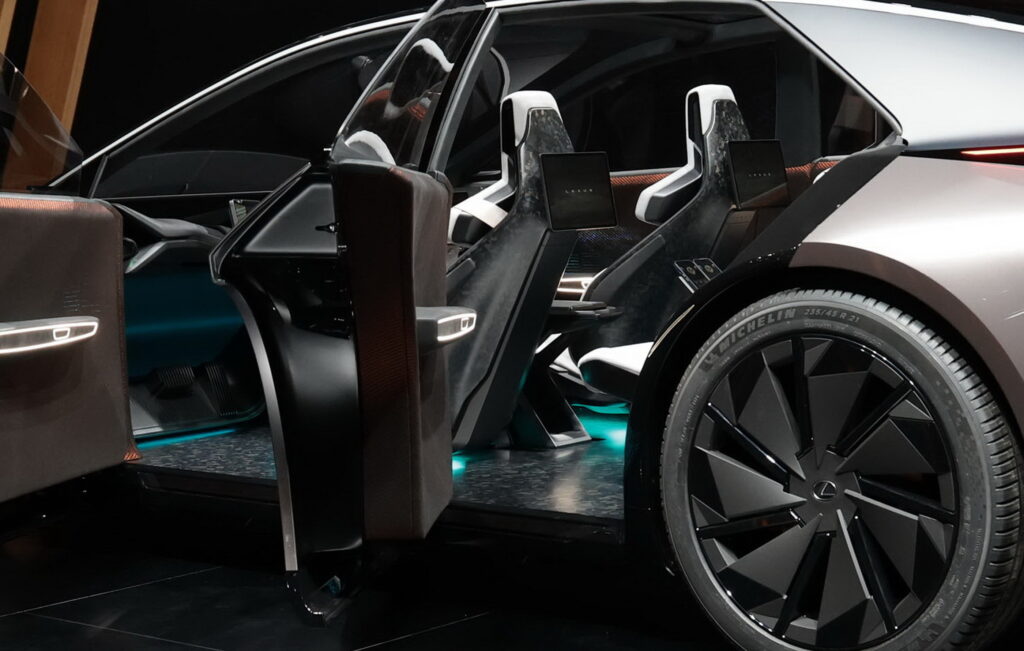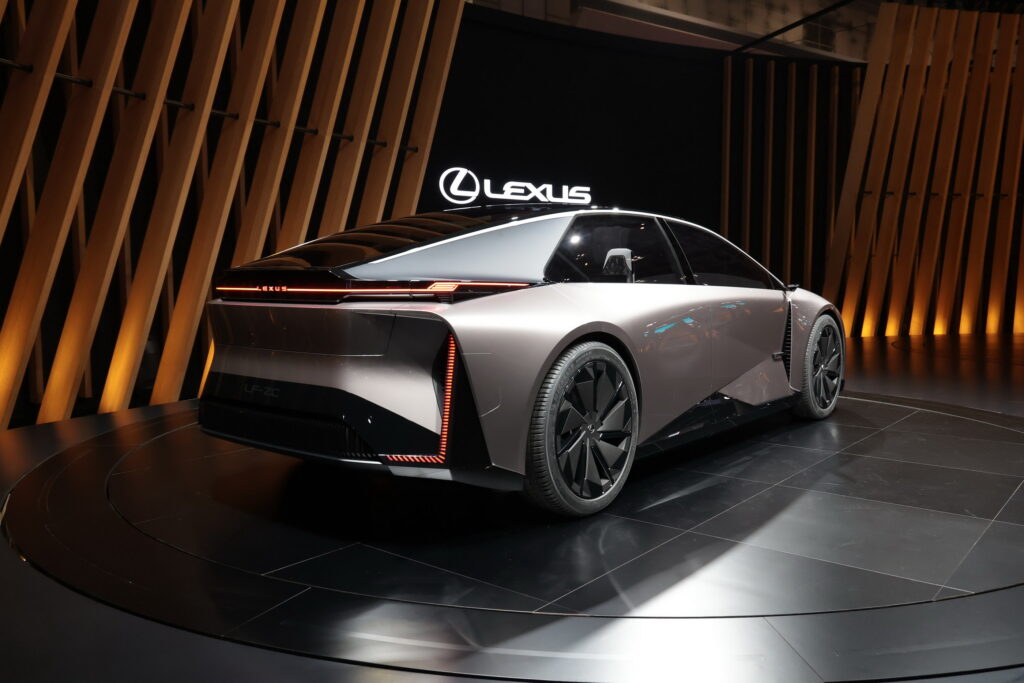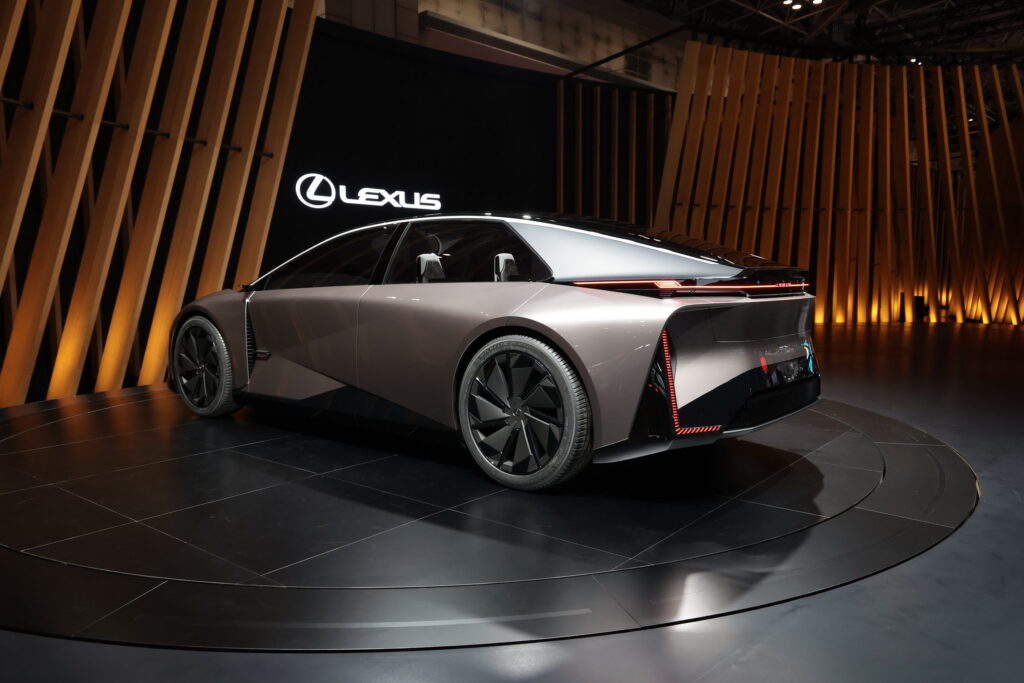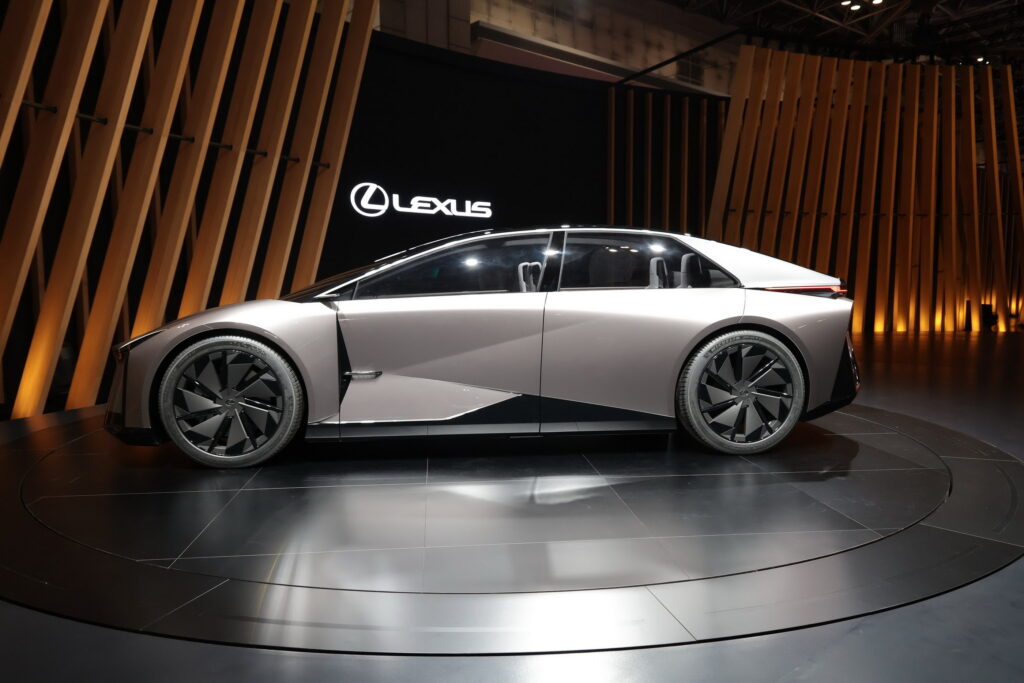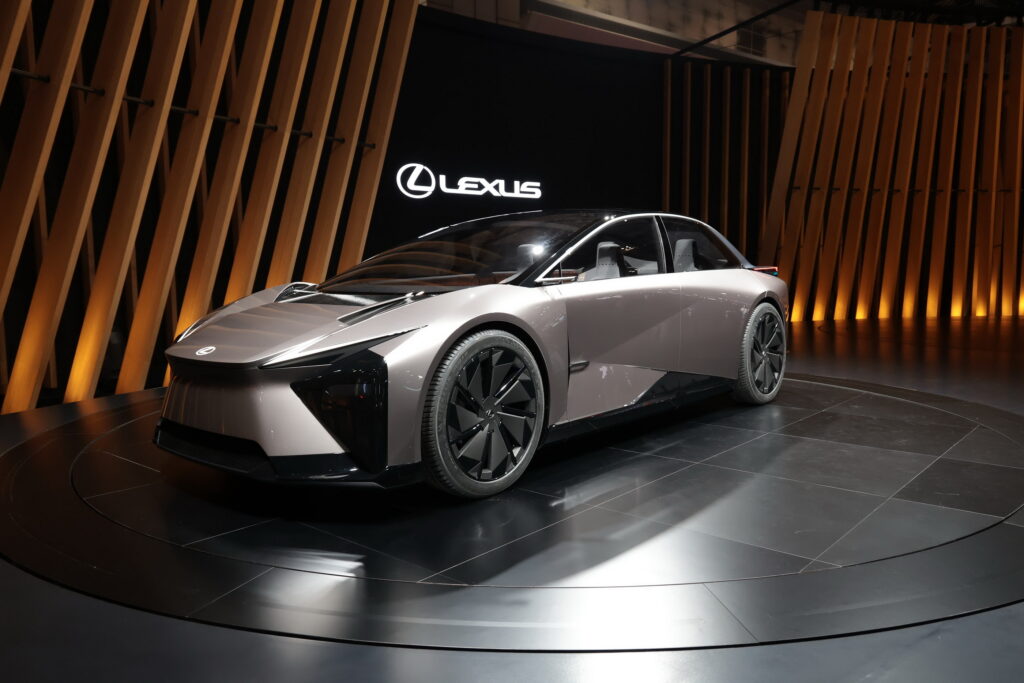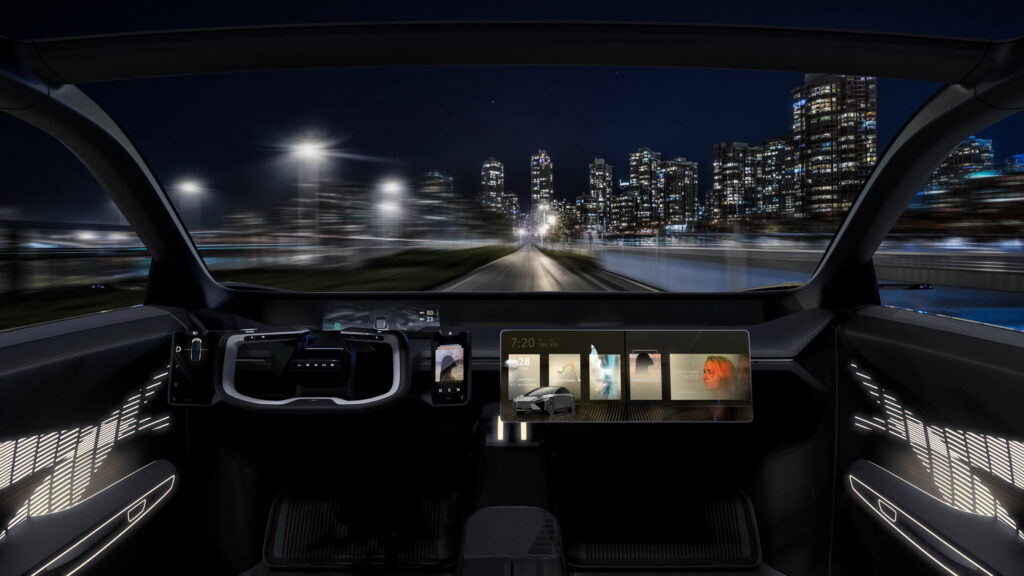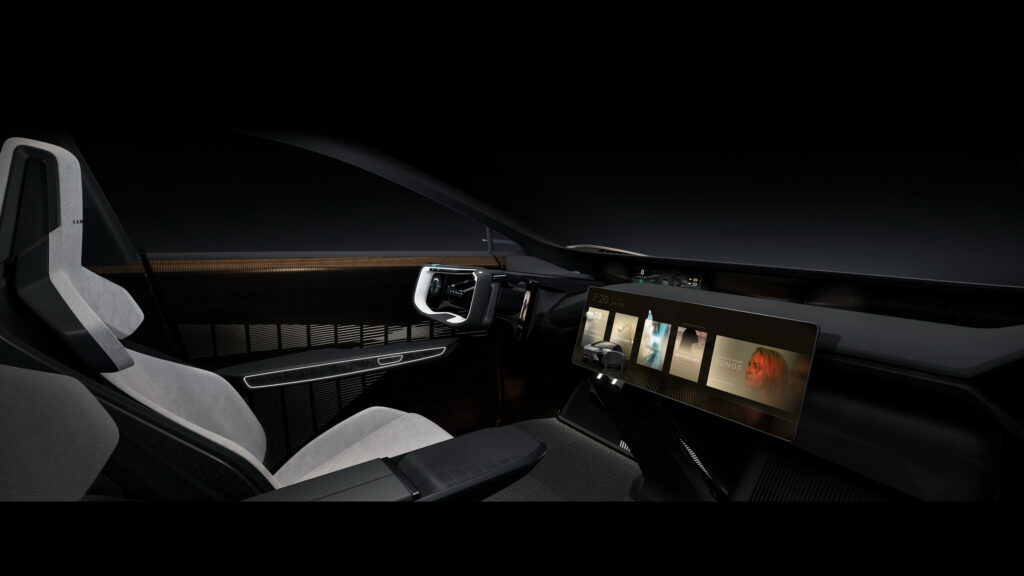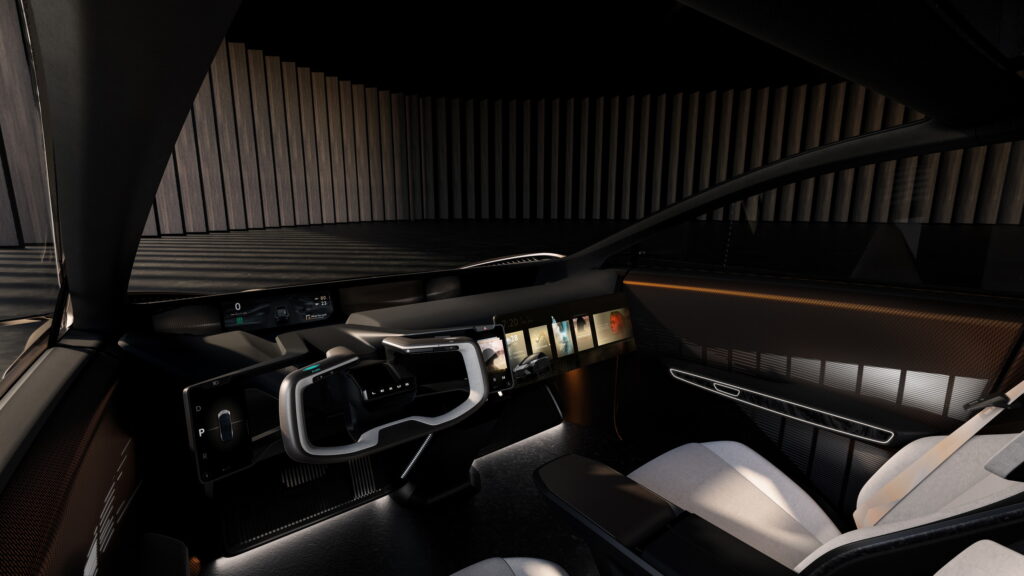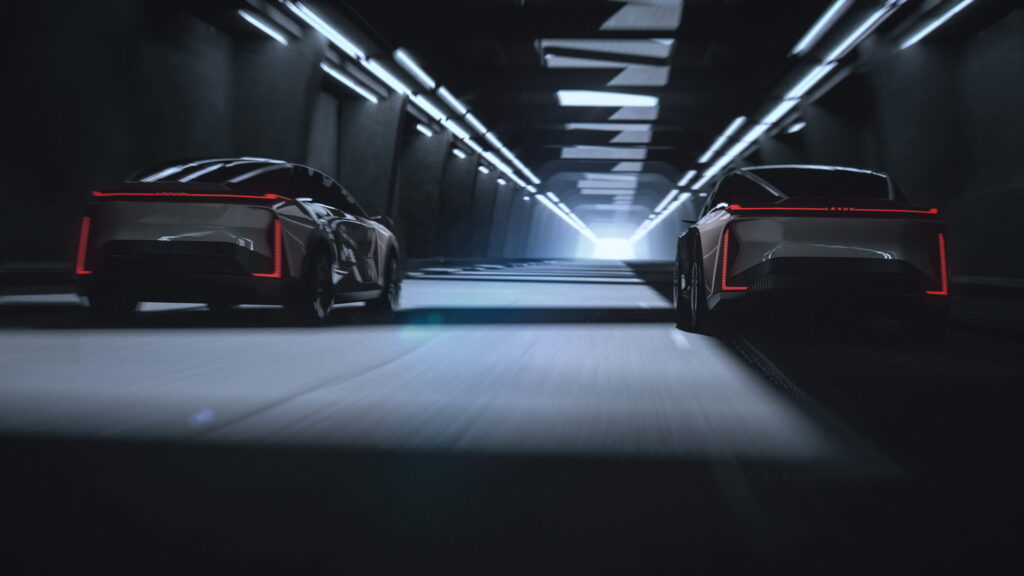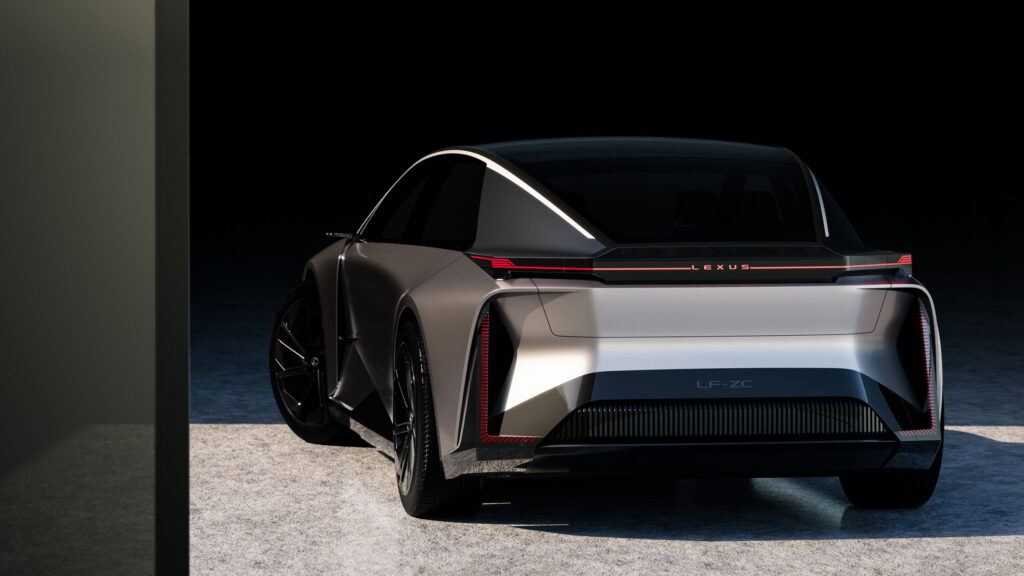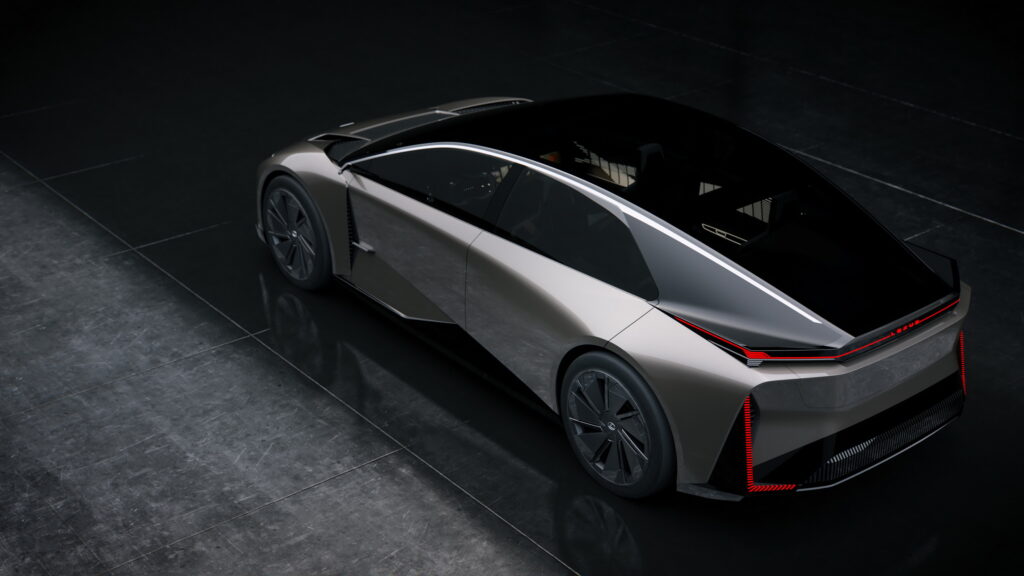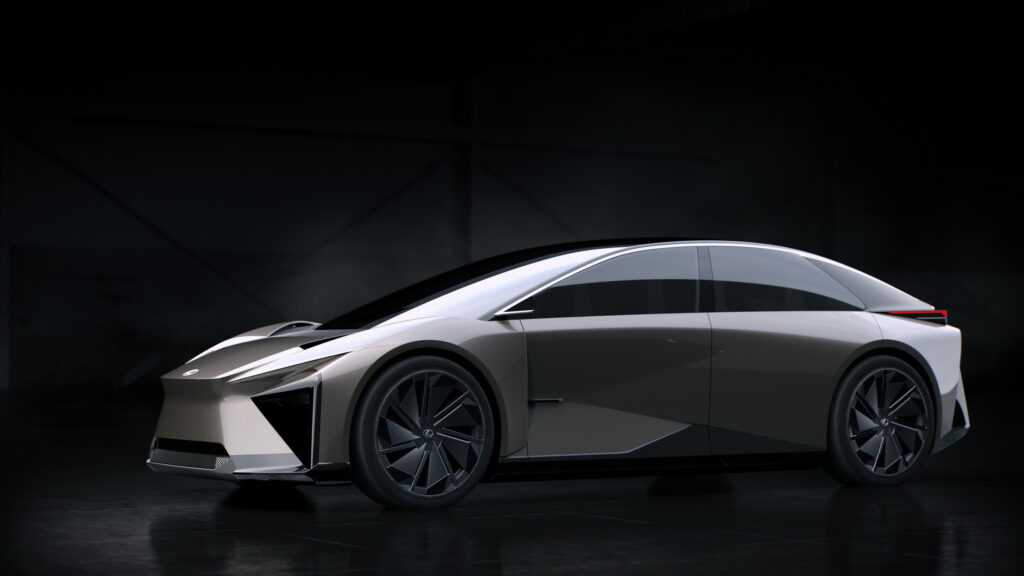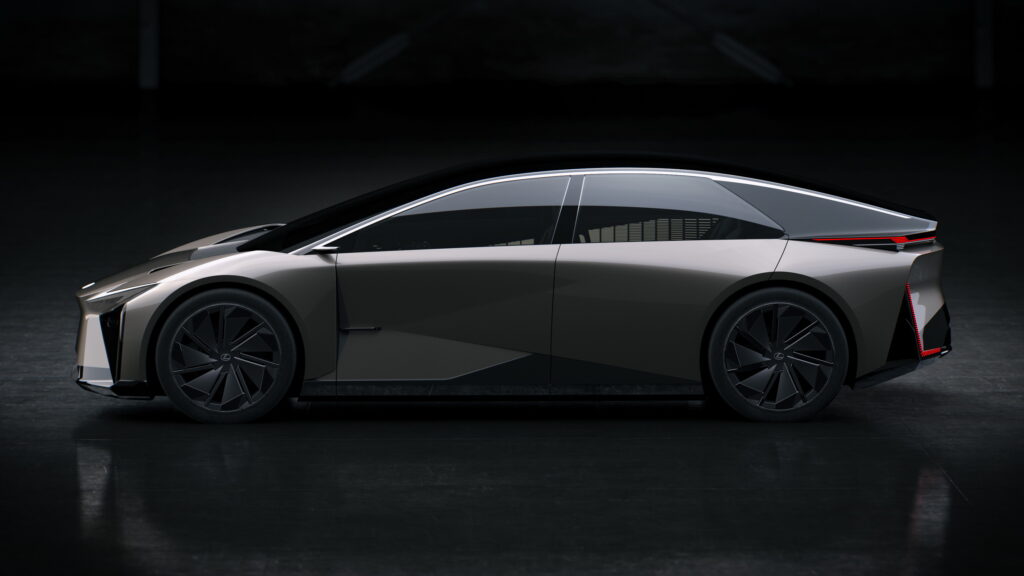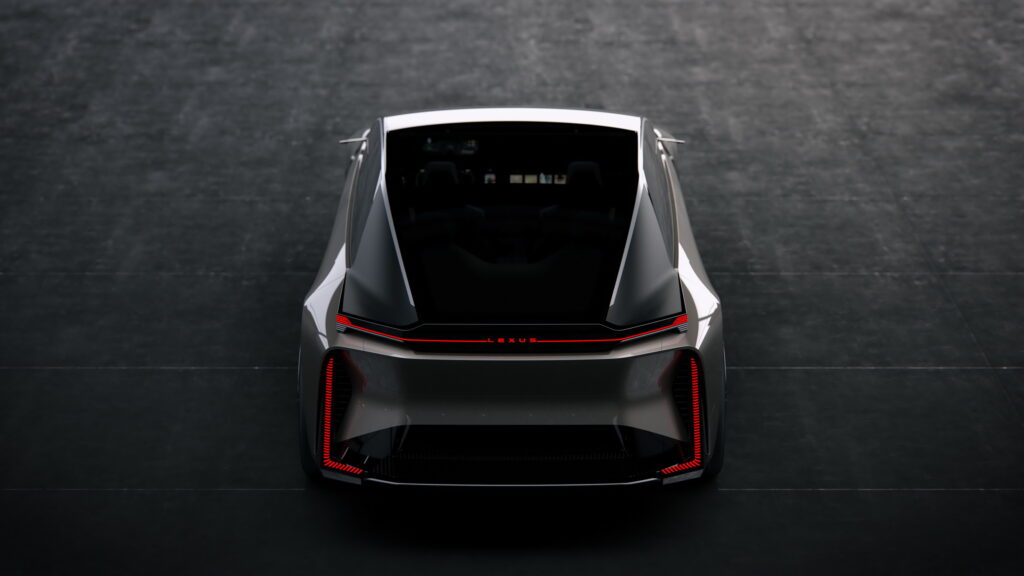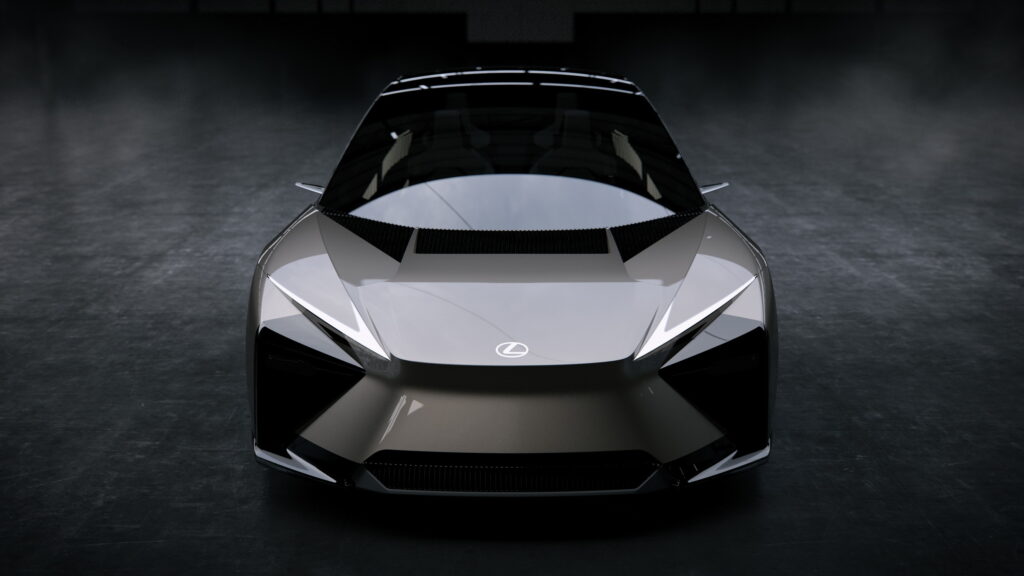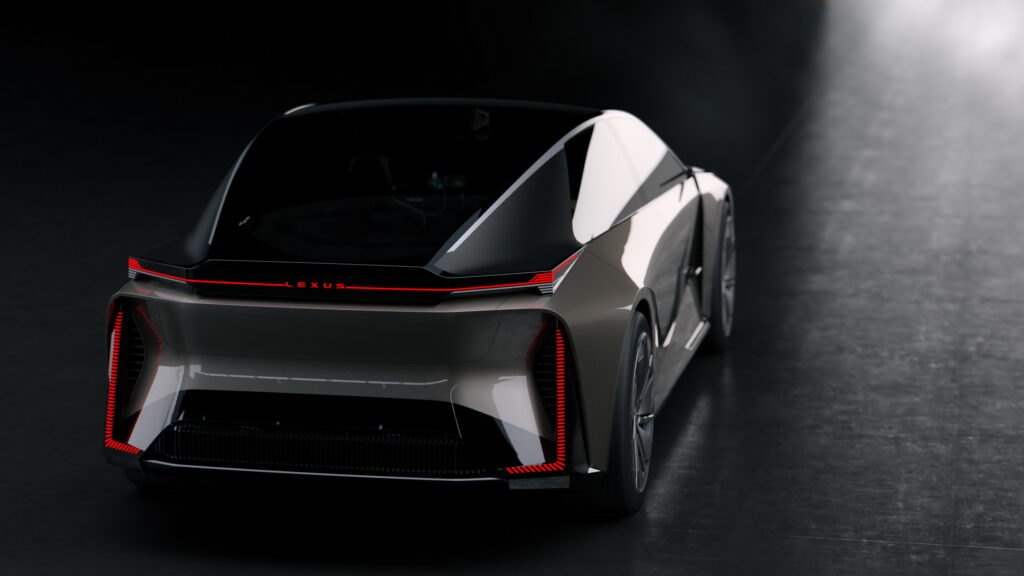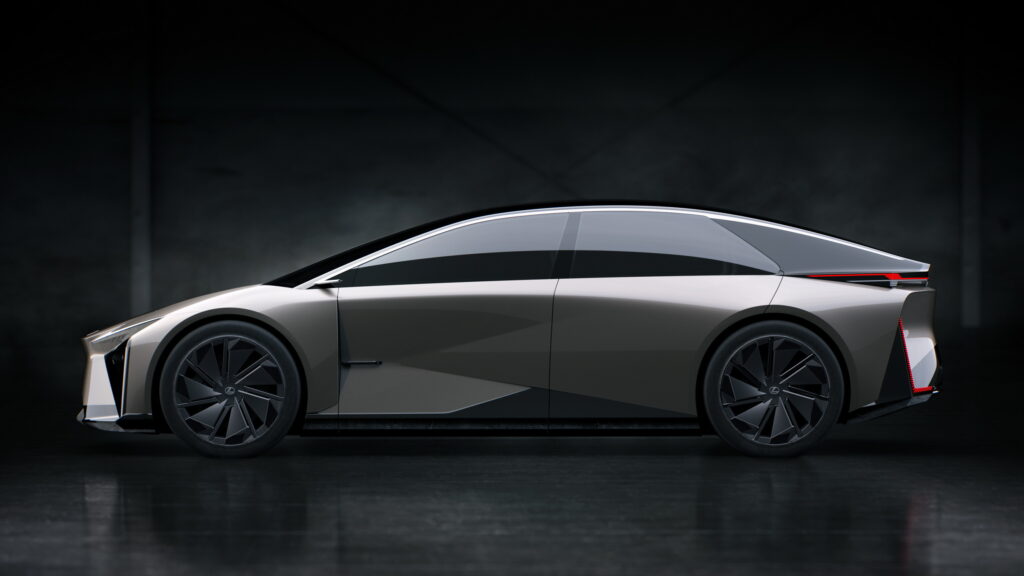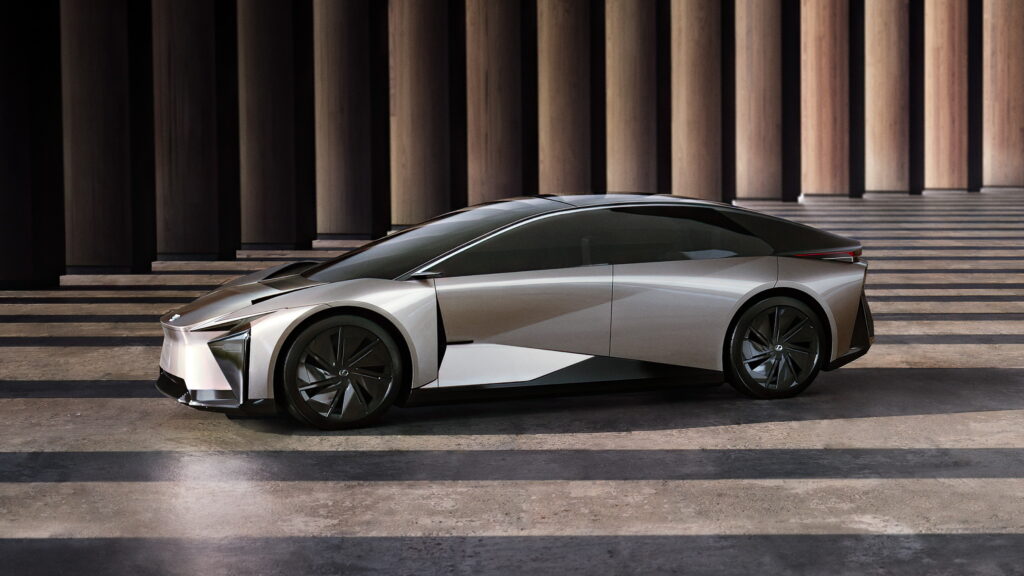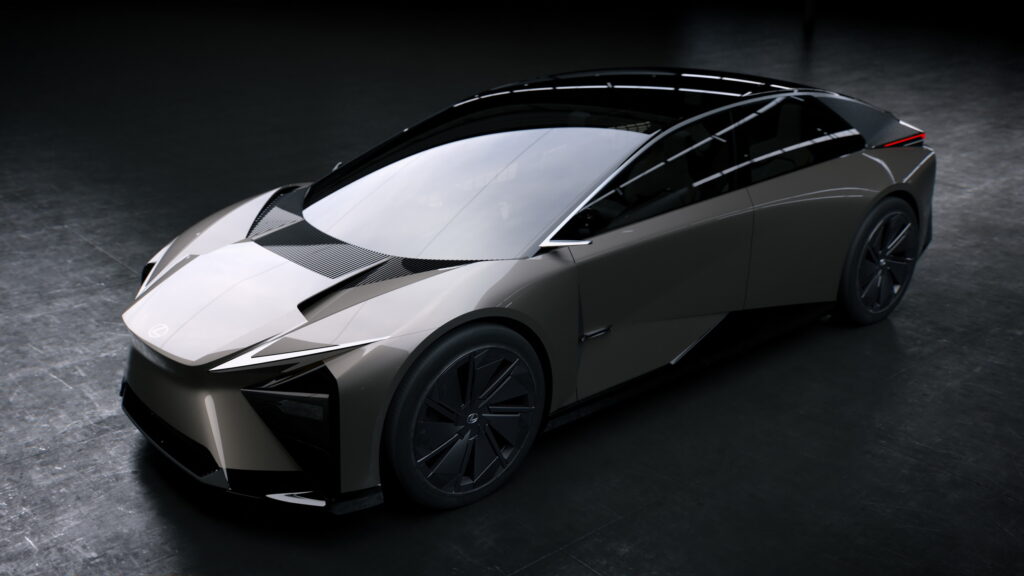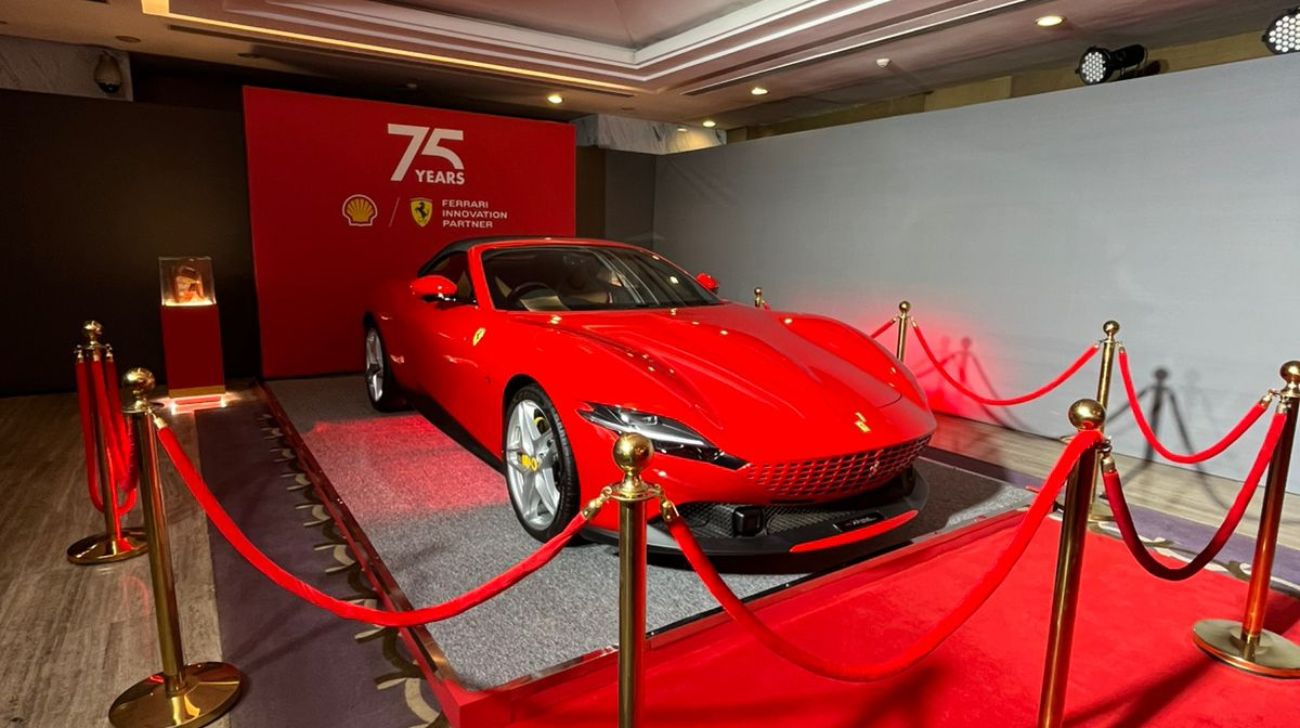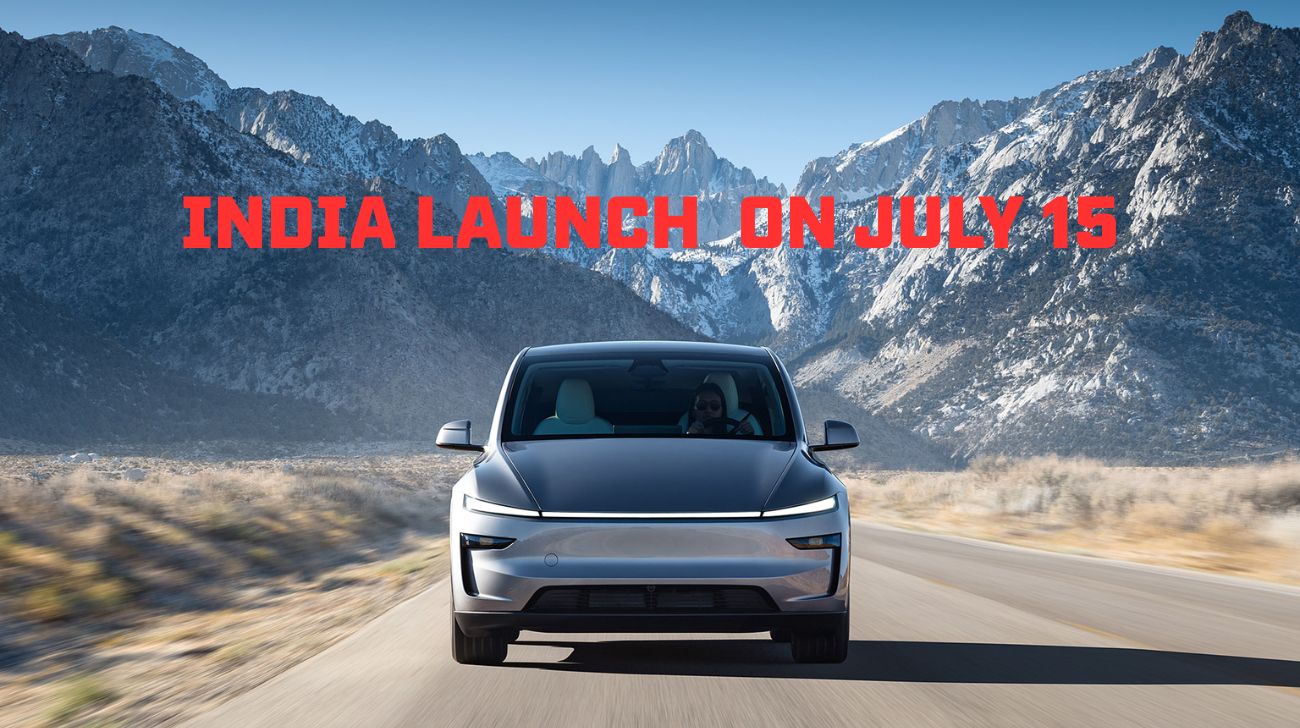With the introduction of its eye-catching LF-ZC Concept, a next-generation BEV previewing a production model that would be released in 2026, Lexus has turned heads at the Japan Mobility Show in Tokyo.
The Lexus Future Zero-Emission Catalyst, or LF-ZC for short, is supported by a novel electric vehicle design and has a modular body composed of gigacasting that divides the body into three main sections: the front, centre, and rear. Other automakers are pursuing gigacasting, most notably Tesla, and according to Lexus, its design will allow the LF-ZC's front and back to be structurally independent, facilitating the quick integration of upgraded and new batteries.
A cutting-edge self-driving assembly line will be essential to bringing the LF-ZC to life. With just the battery, engine, tires, and wireless terminal components, the car can drive itself and won't require conveyor belts on the manufacturing line. Meanwhile, prismatic-structured batteries will power the vehicle at launch, which Lexus claims will increase range and save weight. Actually, according to Lexus, the LF-ZC is designed to attain a range that is roughly double that of traditional battery-electric vehicles.
The LF-ZC and the Tesla Model 3 have a similar footprint, measuring 4,750 mm (187 inches) in length, 1,880 mm (74 inches) in width, and 1,390 mm (54.7 inches) in height with a 2,890 mm (113.7-inch) wheelbase. If Lexus manages to reach its goal of less than 0.2 drag coefficient, it will rank among the slipperiest production cars ever.
Its design is a hybrid of a sporty sedan and an estate, resembling the Kia EV6 in several ways but sitting far lower to the ground and without any typical crossover features. It adheres to the "Provocative Simplicity" design motif that Lexus created, which is an advancement of the company's present style guideline.
Although the concept car's electric drivetrain is still under development, Lexus has confirmed that it shares a steer-by-wire system with the Lexus RZ and the company's Direct4 all-wheel drive system. "Engaging and exhilarating dynamics where driver and car become one" is what the product promises to give. To us, that sounds terrific.
To put it mildly, the LF-CZ's interior is rather large. The flat floor of those upfront places them far front and low, and the whole panoramic roof adds to the opulent atmosphere. There's a futuristic-looking yoke-style steering wheel with a little digital pad to the left of it that houses the drive modes, the autonomous driving modes, and the shifter. Then, there is a digital instrument cluster in addition to music and climate settings on a screen to the right of the steering wheel. This inside section bears a striking resemblance to the Toyota FT-Se concept, which was also unveiled in Tokyo. There is a large touchscreen with entertainment features in front of the passenger.
Using "Butler," an AI speech recognition system, an enhanced voice recognition system has also been built for the automobile. This system works with the new Arene OS to customise numerous automobile features and characteristics for the driver by using self-learning functions for software modification. Bamboo is used extensively in the concept cabin due to its rapid growth, notable potential to absorb CO2, and long history of use in Japan.

